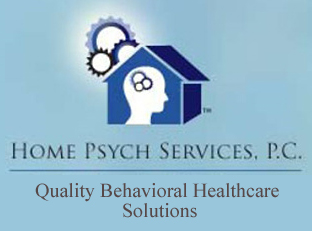Biofeedback is a technique which an individual may use for exercising control over their body functions. Therapists carrying out this method connect individuals with electrical sensors, allowing them to gain insight into their subject’s body functions while keeping tabs on any subtle changes in their body.
The essence of biofeedback is empowering individuals to use their thoughts to gain control over their body during a physical activity and even reach a point where they feel relaxed. In addition, it can be used in the treatment of a variety of mental and physical conditions, including high blood pressure, asthma, stress and anxiety, chronic pain, chemotherapy side effects, Raynaud’s disease, incontinence, constipation and irritable bowel syndrome.
Biofeedback is gaining immense popularity as a means of treatment due to the fact that it can reduce or even eliminate the need of medication and may even work when conventional treatments may fail. It empowers individuals to start taking care of their health and may prove to be of immense help in the event of medicine intolerance. Also contributing to the method’s popularity is its noninvasive nature, making it an excellent choice for pregnant women as they need to avoid many medicines.
For those who are required to undergo biofeedback, one of the following methods is usually employed:
- Thermal Biofeedback – This measures the skin’s temperature with the help of sensors attached to the feet and fingers.
- Electromyography Biofeedback – This type alerts the subject of the presence of tension in the muscles, indicating the need for relaxation.
- Heart Rate Variability Biofeedback – This helps in controlling the heartbeat, which in turn has a positive impact on anxiety, stress, lung function and blood pressure.
- Galvanic Skin Response Training – This measures the sweat gland activity along with perspiration on the skin, alerting the subject or therapist of a heightened level of anxiety.
When used for relaxation purposes, biofeedback therapy is offered through the following techniques:
- Mindfulness Mediation – This teaches individuals to focus their thoughts and let go off all negative feelings and emotions they may have on mind.
- Deep Breathing – This is another relaxation technique that helps in calming down nerves while the guided imagery requires individuals to concentrate and focus on a particular image. As a result, their mind to stays focused and relaxed.
- Progressive Muscle Relaxation – This technique entails tightening and relaxing various muscle groups to put the whole body at ease.
With so much to offer, biofeedback is one of the important therapies that individuals should consider.

